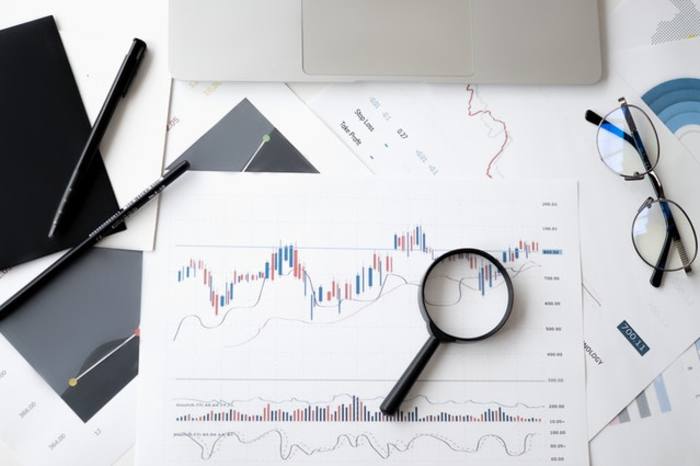
One of the most common pieces of investment advice is to 'buy low, sell high' – unfortunately human nature makes it much harder than it seems.
Take the first quarter of 2020 for example, when we witnessed the fastest market sell-off in history. I am sure there were many experienced investors who were unwilling to risk ploughing into markets at such distressed prices.
The same can be said of selling when markets are sky high – we do not want to be the ones bucking the trend.
“As human beings, we tend to fall in love with things. We also seek comfort in herds and following the consensus. The problem is that ultimately it is valuation that matters in the longer term, with regards to what your likely future returns are going to be.” This is the view of this week’s Best in Class manager Nick Clay, who runs the RWC Global Equity Income fund.
While the fund itself is new – launching in November 2020 – Clay and his team are one of the most experienced in the industry. Prior to joining RWC, Clay was at Newton for more than 20 years and had worked on the Global Equity Income fund since 2012, producing exceptional returns.
The process behind this strategy is totally unchanged. The team targets three things when they consider adding a holding: sustainable business models, good valuations and a strong buy/sell discipline. Each is common in isolation, but rarely are all three found together.
The team’s overriding philosophy is to “buy the controversy and sell the consensus”. This means the fund has a contrarian approach. To find these controversies, they look for multiple types of ideas.
These are categorised as: ‘troubled compounding machines’, where temporary problems for a business are being mistaken for permanent issues; ‘ex-growth cash generators’, where the market believes a business is broken but is able to create longevity of returns; ‘profitability transformation’, where there are fears over a company’s exposure to the economic cycle; ‘capital intensity’, where the market is bored of a stock or underestimates its compounding power; and 'special situations' such as spin-offs or hidden assets.
The team will go through the financial statements of the most interesting companies to build numerous scenarios focusing on the downside potential and risk of a dividend cut from the stock, as well as an upside scenario.
The focus on a stock’s downside is intended to draw out the risks of what could go wrong and the impact on the wider portfolio – and how sustainable the dividend is. The managers then conduct liquidity risk analysis, to see how long it will take to trade a stock, how much this would cost and the percentage of the stock that is freely floating. This will help determine the position size.
The final portfolio holds between 40-60 stocks, each yielding 25 per cent above the market at the point of purchase. This should not come at the expense of growth, though. Ongoing charges stand at 0.9 per cent.





